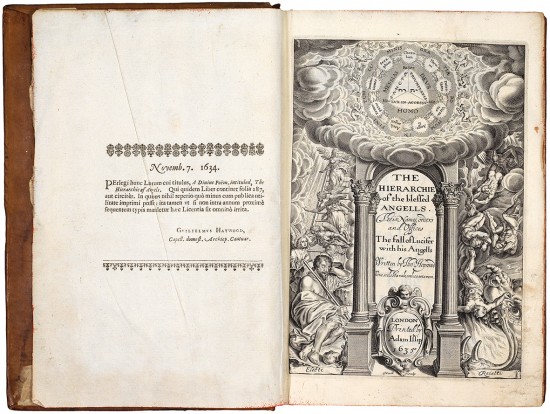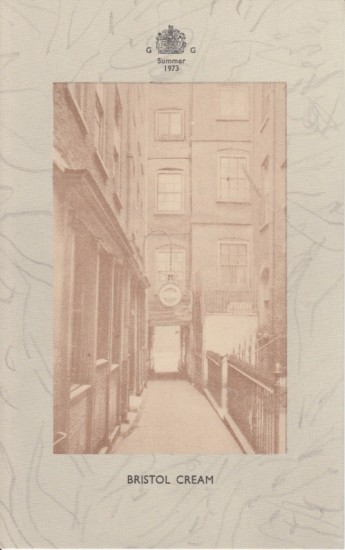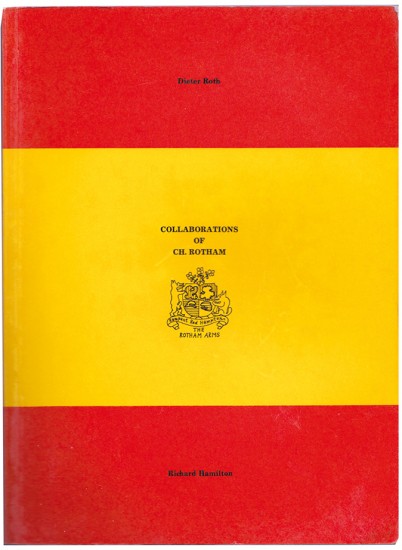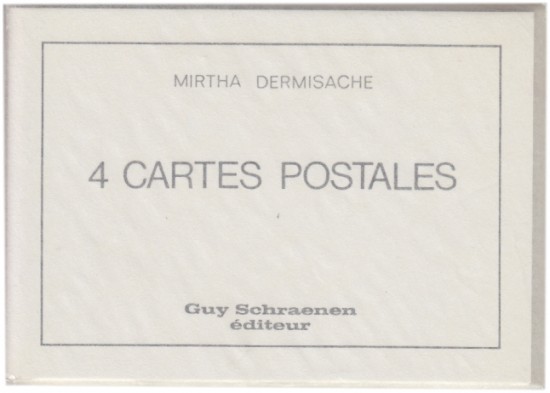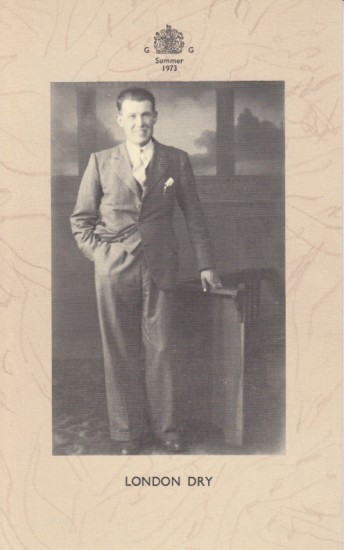The Hierarchie of the Blessed Angells. Their Names, Orders and Offices - The Fall of Lucifer with his Angells
Heywood, Thomas
London. Printed by Adam Islip. 1635
Sold
A very good copy of Thomas Heywood's extraordinary scholarly, mystical and extensive poetic magnum opus.
Thomas Heywood (c.1574 - 1641), actor, prolific dramatist, poet and author, possibly related to the Tudor dramatist John Heywood (author of another extraordinary work, 'The Parable of the Spider and the Flie', 1556) claimed to have written or co-authored over two hundred plays although fewer than fifty survive. The present, and it must be said, extraordinary work, written by Heywood in verse and prose, is based on the nine angelic orders of pseudo-Dionysius and presents a detailed, comprehensive and extensively planned whole. An exceptional display of erudition, Heywood's work is filled with mysticism and folk lore, as well as scholarship, drawn from classical and more esoteric sources, Boethius, Dante (the work includes the earliest quotation of any length from his 'Commedia'), the 'Malleus Maleficarum', Ovid and Virgil, the lives of the Church Fathers and so on.
Each book is titled with the name of an angelic order, as well as the pseudo-Dionysian equivalent (Book 1 - Uriel - The Seraphim, Book 2 - Iophiel - The Cherubim, Book 3 - Zadchiel - The Thrones, etc.) and is illustrated with a literal and allegorical copper engraving - these are highly finished, composed beautifully and striking - as frontispiece. The 'Argument' for each book, presented by Heywood at the opening of the volume, is repeated and followed by Heywood's verse, but Heywood does not confine himself solely to inspirational poetry and follows his verse with his 'Observations' (variously 'Theologicall, Philosophicall, Morall, Poeticall, Historicall, Apothegmaticall, Hierogriphicall and Emblematicall'), his own extensive commentaries on his own verse, the reductive distillation 'The Emblem' and a concluding verse 'Meditation'.
'I have proposed unto you Good Angels and Bad, the excellencie of the one, still continuing in their created Puritie; the refractorie rebellion of the other, damning themselves to all eternity.' (From Heywood's 'To the Reader').
The scope of Heywood's work is vast and encompasses the spectrum of angelic and demonic influence, witch craft, philosophy, religious doctrine, the Ptolemaic system, diatribes against Heywood's younger contemporaries Thomas Carew and William Davenant, mention of his contemporaries 'Mellifluous Shakespeare' and 'famous Jonson', Aquinas (Heywood agrees with him that angels cannot truly eat), tales from folk lore, the Kabbala, a retelling of Macbeth, quotation from classical sources, the earliest lengthy quotation from Dante (together with a portion of Landino's commentary), the supernatural in all forms and almost any related material one could care to imagine. Heywood's 'The Hierarchie of the Blessed Angells' was praised by Hazlitt as 'an excellent and entertaining work' and is an obvious precursor for the literary works of William Blake. It appears to be self-evident that Milton knew the work and made use of it for his own epic, 'Paradise Lost', but Lauder's accusation of plagiarism seems unlikely and was motivated rather more by politics than literary analysis.
'This massive verse and prose treatise focuses relentlessly on the nature and operation of angels, conceived as scholastic and incorporeal ... The nine books of his treatise ... are named for the nine orders of pseudo-Dionysius ... Heywood's book is a storehouse of patristic, medieval, and Renaissance angel lore.' (Stephen Fallon).
'This extraordinary volume, published by Adam Islip and dedicated to the queen who had honoured 'Loves Mistris' [Heywood's play performed in 1634 and published in 1636] with private performances at Denmark House, must be considered eccentric even by Heywood's standards. It is a true gallimaufry, which in its six hundred plus pages juxtaposes mythological sketches - there is an unremarkable Ovidian Perseus, for instance - with arcane bits of folklore, church history, astrology, and bewilderingly tangential philosophical speculations.' (Richard Rowland).
[ESTC S122314; not in Wing; see Richard Rowland, 'Thomas Heywood's Theatre, 1599 - 1639: Locations, Translations and Conflicts', 2010; see Stephen M. Fallon, 'Milton Among the Philosophers: Poetry and Materialism in Seveneenth-Century England', Ithaca, 1991].
Thomas Heywood (c.1574 - 1641), actor, prolific dramatist, poet and author, possibly related to the Tudor dramatist John Heywood (author of another extraordinary work, 'The Parable of the Spider and the Flie', 1556) claimed to have written or co-authored over two hundred plays although fewer than fifty survive. The present, and it must be said, extraordinary work, written by Heywood in verse and prose, is based on the nine angelic orders of pseudo-Dionysius and presents a detailed, comprehensive and extensively planned whole. An exceptional display of erudition, Heywood's work is filled with mysticism and folk lore, as well as scholarship, drawn from classical and more esoteric sources, Boethius, Dante (the work includes the earliest quotation of any length from his 'Commedia'), the 'Malleus Maleficarum', Ovid and Virgil, the lives of the Church Fathers and so on.
Each book is titled with the name of an angelic order, as well as the pseudo-Dionysian equivalent (Book 1 - Uriel - The Seraphim, Book 2 - Iophiel - The Cherubim, Book 3 - Zadchiel - The Thrones, etc.) and is illustrated with a literal and allegorical copper engraving - these are highly finished, composed beautifully and striking - as frontispiece. The 'Argument' for each book, presented by Heywood at the opening of the volume, is repeated and followed by Heywood's verse, but Heywood does not confine himself solely to inspirational poetry and follows his verse with his 'Observations' (variously 'Theologicall, Philosophicall, Morall, Poeticall, Historicall, Apothegmaticall, Hierogriphicall and Emblematicall'), his own extensive commentaries on his own verse, the reductive distillation 'The Emblem' and a concluding verse 'Meditation'.
'I have proposed unto you Good Angels and Bad, the excellencie of the one, still continuing in their created Puritie; the refractorie rebellion of the other, damning themselves to all eternity.' (From Heywood's 'To the Reader').
The scope of Heywood's work is vast and encompasses the spectrum of angelic and demonic influence, witch craft, philosophy, religious doctrine, the Ptolemaic system, diatribes against Heywood's younger contemporaries Thomas Carew and William Davenant, mention of his contemporaries 'Mellifluous Shakespeare' and 'famous Jonson', Aquinas (Heywood agrees with him that angels cannot truly eat), tales from folk lore, the Kabbala, a retelling of Macbeth, quotation from classical sources, the earliest lengthy quotation from Dante (together with a portion of Landino's commentary), the supernatural in all forms and almost any related material one could care to imagine. Heywood's 'The Hierarchie of the Blessed Angells' was praised by Hazlitt as 'an excellent and entertaining work' and is an obvious precursor for the literary works of William Blake. It appears to be self-evident that Milton knew the work and made use of it for his own epic, 'Paradise Lost', but Lauder's accusation of plagiarism seems unlikely and was motivated rather more by politics than literary analysis.
'This massive verse and prose treatise focuses relentlessly on the nature and operation of angels, conceived as scholastic and incorporeal ... The nine books of his treatise ... are named for the nine orders of pseudo-Dionysius ... Heywood's book is a storehouse of patristic, medieval, and Renaissance angel lore.' (Stephen Fallon).
'This extraordinary volume, published by Adam Islip and dedicated to the queen who had honoured 'Loves Mistris' [Heywood's play performed in 1634 and published in 1636] with private performances at Denmark House, must be considered eccentric even by Heywood's standards. It is a true gallimaufry, which in its six hundred plus pages juxtaposes mythological sketches - there is an unremarkable Ovidian Perseus, for instance - with arcane bits of folklore, church history, astrology, and bewilderingly tangential philosophical speculations.' (Richard Rowland).
[ESTC S122314; not in Wing; see Richard Rowland, 'Thomas Heywood's Theatre, 1599 - 1639: Locations, Translations and Conflicts', 2010; see Stephen M. Fallon, 'Milton Among the Philosophers: Poetry and Materialism in Seveneenth-Century England', Ithaca, 1991].
[340 leaves; pp. (i), (x), 622, (viii) Small folio. (286 x 204 mm). Leaf with imprimatur dated 'Novemb. 7 1634' verso, elaborate copper-engraved allegorical title by T. Cecill with engraved text enclosed by columns and surmounted by clouds surrounding the tetragrammaton with text, sacred names and the angelic orders, at left the 'Electi' and at right the 'Reiecti', leaf with Heywood's dedication to Queen Henrietta Maria, leaf with 'To the Reader, two leaves with 'The Arguments' of the nine books (repeated before each book), and Books 1 - 9 of Heywood's 'Hierarchie', each with initial copper-engraving (by Marshall, Glover, Droeshout, Richard Gethinge, Toomes et al.), repeat of the 'Argument', Heywood's verse, prose 'Observations', 'The Emblem' and verse 'Meditation', final leaves with 'A Generall Table' and errata, with terminal blank. Text in Roman type with proper nouns, marginal notes and quotations in italics, within printed rules with italic headline throughout, elaborate decorative woodcut head- and tail-pieces and decorative woodcut initials. Full contemporary speckled calf, boards with double rules in blind, banded spine in six compartments, board edges ruled in gilt, all edges red.
#45656
